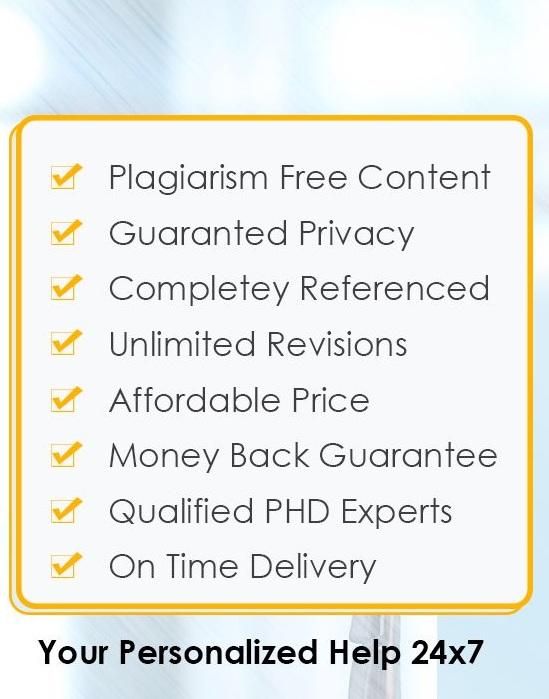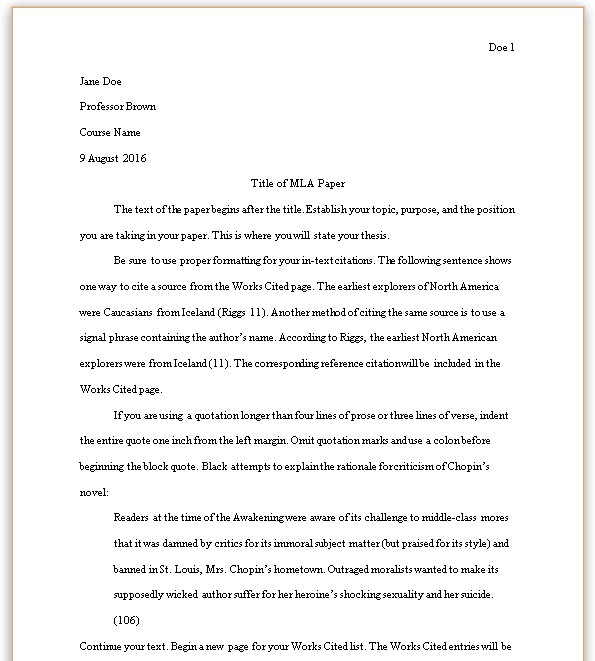The Structure of the Academic Text: A Comprehensive Guide
Welcome to our online writing hub! Whether you’re a student, educator, or professional, understanding the structure of academic texts is crucial for crafting effective and persuasive writing. This blog will explore the fundamental components of academic texts, provide examples, and address frequently asked questions to help you navigate this essential aspect of scholarly communication.
Why Structure Matters in Academic Writing
A well-structured academic text facilitates:
- Clarity: A clear structure helps readers follow your argument and understand your points easily.
- Credibility: Proper organization demonstrates professionalism and attention to detail, which enhances your credibility as an author.
- Engagement: A logical flow keeps readers engaged, encouraging them to absorb your ideas and arguments.
Main Components of Academic Text Structure
1. Title Page
The title page is the first impression your work makes. It typically includes:
- Title: A concise statement of your topic.
- Author’s Name: Your full name as the author.
- Institutional Affiliation: The name of your institution or organization.
- Date of Submission: When the work is submitted.
Example:
Title: The Impact of Climate Change on Coastal Communities
Author: Jane Smith
Institution: University of Environmental Studies
Date: October 1, 2023
2. Abstract
An abstract is a brief summary (usually 150-250 words) of your research. It includes the purpose of the study, methodology, results, and conclusions.
Example:
“This study explores the impact of climate change on the economic stability of coastal communities. Employing a mixed-methods approach, we analyzed data from various coastal cities and conducted interviews with local leaders. The findings reveal a significant correlation between rising sea levels and increased economic vulnerability, indicating an urgent need for adaptive public policies.”
3. Introduction
The introduction sets the stage for your academic text. It typically includes:
- Background Information: Contextualizes the topic.
- Research Problem/Question: Clearly states the issue your study addresses.
- Thesis Statement: The main argument or focus of your paper.
Example:
“Coastal communities are experiencing unprecedented challenges due to climate change. This paper investigates the effects of climate change on the economic stability of these communities, arguing that without urgent policy intervention, their future remains perilous.”
4. Literature Review
The literature review surveys existing research related to your topic. It identifies gaps in the literature and situates your work within the existing body of knowledge.
Example:
“While numerous studies have addressed the environmental impacts of climate change, few have analyzed its economic implications on coastal communities. This literature review examines the intersection of environmental science and economics to highlight this critical gap.”
5. Methodology
The methodology section outlines the research design, data collection, and analysis methods used in your study. It should provide enough detail to allow replication by other researchers.
Example:
“This study employs a mixed-methods approach, combining quantitative data analysis of economic indicators from coastal cities with qualitative interviews conducted with local government officials. The data was analyzed using statistical software to identify trends and correlations.”
6. Results
In the results section, you present the findings of your research without interpretation. Use tables and graphs for clarity when appropriate.
Example:
“The analysis revealed that cities with a 12-inch rise in sea level experienced a 30% increase in economic vulnerability as measured by job loss in tourism and real estate sectors.”
7. Discussion
This section interprets the results, discussing their implications within the context of your research question. You may also address limitations of your study.
Example:
“The findings suggest that rising sea levels disproportionately impact economically vulnerable coastal communities. These results highlight the urgent need for adaptive measures and suggest areas for further research into community resilience strategies.”
8. Conclusion
The conclusion summarizes your main findings, restates the thesis in light of the results, and may suggest recommendations or implications for future research.
Example:
“In summary, without immediate and coordinated policy responses, coastal communities will face significant economic challenges due to climate change. Future research should focus on developing comprehensive adaptation strategies to ensure their long-term viability.”
9. References
The references section lists all sources cited in your text, formatted according to the required citation style (e.g., APA, MLA, Chicago).
Example:
- Doe, J. (2022). Climate Change and the Future of Coastal Cities. Environmental Studies Journal, 12(4), 233-250.
- Smith, A. (2020). Economic Resilience in the Face of Climate Change. Journal of Economic Perspectives, 34(2), 45-61.
Additional Elements
- Appendices: Supplementary material that helps clarify information (e.g., charts, detailed data).
- Acknowledgements: A section where you express gratitude to those who helped during your research.
FAQs
Q1: What citation styles should I use?
A1: The citation style you should use depends on your field of study. Common styles include APA (American Psychological Association), MLA (Modern Language Association), and Chicago. Always check your institution’s guidelines.
Q2: How long should each section be?
A2: The length of each section can vary based on the overall length of your paper. For instance, a typical undergraduate paper may allocate 10% of the paper’s length for the introduction and conclusion, while the literature review and body sections are more expansive.
Q3: Can I mix sections?
A3: While some flexibility exists, it’s best to follow a conventional structure to maintain clarity. Each section serves a distinct purpose and contributes to your overall argument.
Q4: How do I choose a thesis statement?
A4: A strong thesis statement should be specific, debatable, and aligned with your research question. Formulate your statement after conducting preliminary research to ensure it reflects your findings accurately.
Q5: What if I encounter writer’s block?
A5: Writer’s block is common; consider breaking your writing into smaller tasks, setting deadlines, or seeking feedback from peers. Sometimes, taking a short break can also help reignite your creativity.
Conclusion
Understanding the structure of academic texts is essential for effective communication in scholarly writing. Each component serves a unique purpose, contributing to a cohesive whole that conveys your research and arguments clearly. By following these guidelines and examples, you can enhance your academic writing skills and produce well-organized and impactful texts.
Dive into your writing journey with confidence, and remember that clarity and structure are your allies in effective communication. Happy writing!


